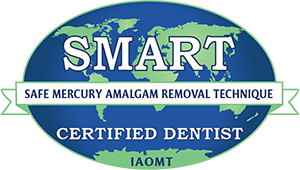By Tony Edwards, DrBicuspid.com editor in chief
May 30, 2019 — Less than 30% of U.S. adults 65 years and older had dental insurance in 2017, according to a new data brief released by the U.S. Centers for Disease Control and Prevention (CDC) on May 29. The research looked at dental insurance status, economic status, and more.
The research, conducted by Ellen Kramarow, PhD, from the National Center for Health Statistics, also found that a patient is less likely to have insurance as they age.
“Adults aged 65-74 were more likely to have dental insurance, to have visited the dentist in the past 12 months, and to have unmet need for dental care due to cost compared with adults over age 75,” Kramarow wrote.
The growth of the U.S. population age 65 and older exceeds that of the total population and the population younger than 65, according to the 2016 U.S. Census. Regular dental care is recommended for this population, but because Medicare does not cover routine dental care, older adults may have trouble accessing appropriate dental care, she noted.
Kramarow wanted to report on the prevalence of dental insurance among adults 65 and older. Her research used data from the 2017 National Health Interview Survey (NHIS).
“Chronic diseases that may impact oral health and the need for care, such as diabetes and osteoporosis, are common among the older population.â€â€” Ellen Kramarow, PhD
In 2017, just over 29% of adults 65 and older had dental insurance in the U.S. The percentage of those with dental insurance decreased with age:
- More than 34% of those ages 65 to 74 had insurance.
- Just over 22% of those ages 75 to 84 had insurance.
- Almost 20% of those 85 and older had insurance.
Kramarow reported that 17.5% of Hispanic adults 65 and older had dental insurance, compared with almost 31% of adults identified as non-Hispanic white, about 29% of adults identified as non-Hispanic black, and nearly 30% of adults identified as non-Hispanic Asian.
In addition, just over 36% of those considered “not poor” had insurance (36.1%), compared with just over 13% of those considered “near poor” and just over 8% of those considered “poor.”
Kramarow noted that as dental care covered through Medicaid varies by state, these variations may not be reflected in the data.
She concluded that dental care is an essential component of healthcare for this population.
“Chronic diseases that may impact oral health and the need for care, such as diabetes and osteoporosis, are common among the older population, and poor oral health may contribute to the risk of certain conditions,” Kramarow wrote.
Dr Tim’s take away: this why I have Rushmore Smiles program.



